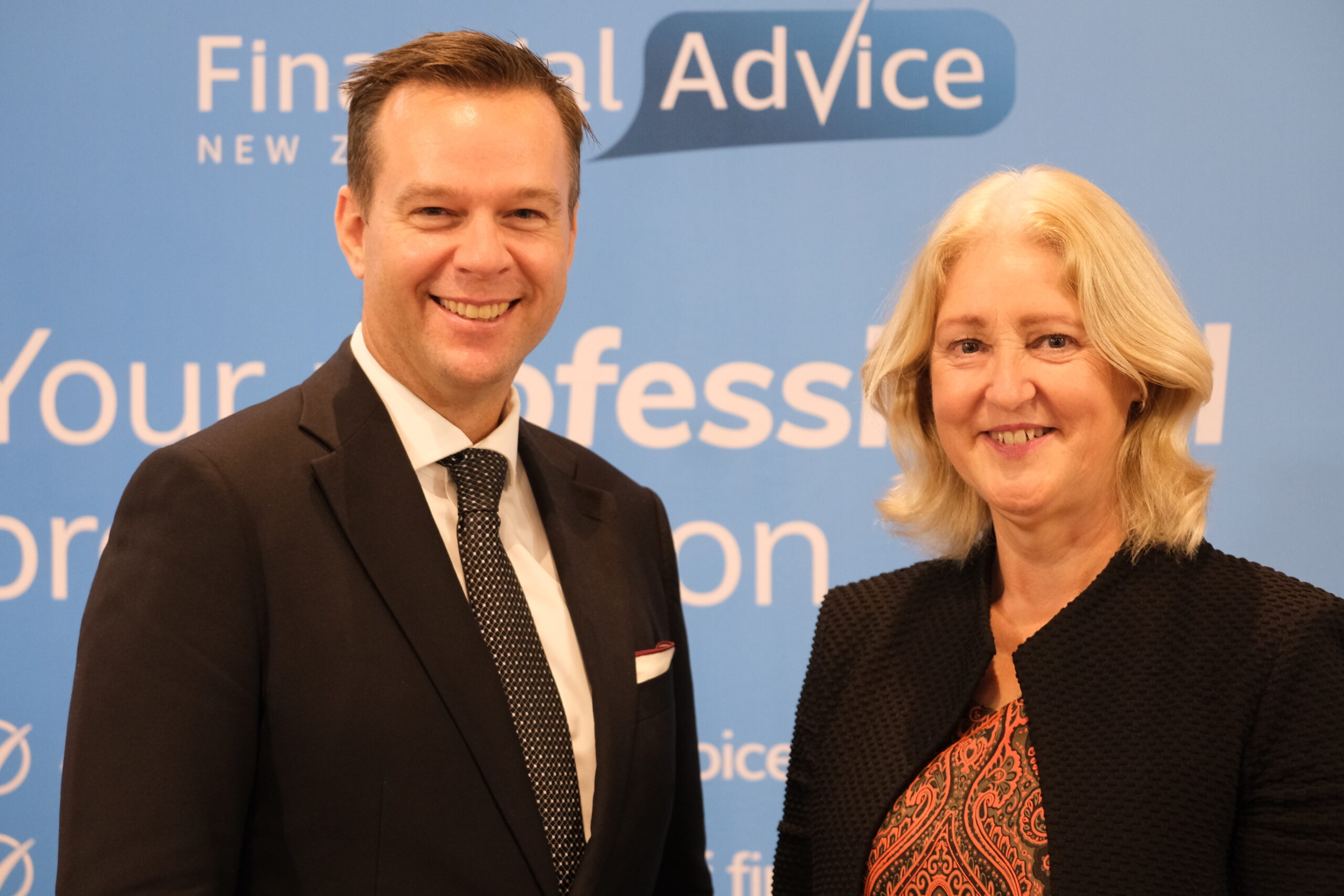I was surprised to read recently Heartland Bank, one of New Zealand’s two major suppliers of reverse mortgages, had reported a 20% increase in approvals in the second half of last year compared to 2019.
I was surprised because reverse mortgages have traditionally been seen as a bit ‘out there’ – out of the norm – in that those who take them out are effectively selling off part of their family home.
But when you think about it, maybe it isn’t so surprising, given the new normal we’re in, where everyone has been evaluating their financial position, savings, and jobs to see where they can tighten things up and spend a bit more carefully.
Couple that with soaring house prices and low interest rates, and those in or approaching retirement are perhaps realising how much equity they now have in their properties and decided house price inflation is cancelling-out the cost of taking up a reverse mortgage.
Remember, many of these baby boomers didn’t have the advantage of KiwiSaver, and if they didn’t make good savings or investment moves earlier in life, then they often don’t have as much as they would like put aside for a comfortable retirement.
If you’re in that camp, and have decided you’d like access to some funds but don’t want to leave the family home, then a reverse mortgage may be an option worth considering.
Unlike in the UK, for many Kiwis the reverse mortgage is a temporary thing until they sell or downsize. Even in retirement Kiwis tend to move. It can work really well as a temporary loan when you cannot demonstrate servicing income or when banks won’t lend to you because of your age. Kiwis might not move out of their current home until they are in their 70s.
The amount you can borrow increases with your age primarily because of the loan/value cap. So, at 60 or 65 the amount you can borrow might be quite restrictive relative to if you are 80. Given most of our equity is in our home it makes sense to be able to access it when you need to and it can still increase in value.
So how do they work and what are the pros and cons?
In a nutshell, reverse mortgages allow people to borrow against their home without having to make any repayments until it’s sold.
As the name implies, rather than you getting a mortgage and making fortnightly or monthly payments for the term of the loan, the bank pays you for a share of your property. Reverse mortgages allow you to cash in some or all of the value of your property to help fund you in retirement while you still live in it. The banks get nothing until the house is sold.
So, what’s in it for them? Well, they charge you a variable interest rate that’s at the top of the mortgage range.
Under schemes run by Heartland and SBS Bank, there are requirements you have to meet, such as: you must be 60 or older, and the house must be your main residence or secondary property, in good condition, must meet a minimum property value criteria, and be mortgage-free.
The pros of a reverse mortgage include:
- you can spend the money how you like: pay down debt, or fund home improvements, travel, medical treatment, or even use it for general living expenses
- you don’t have to take up the full loan immediately, rather you can opt to draw-down money when you need it, with no interest charged until you do. Or you can get a regular monthly advance. Or a combination of both.
- both banks have a no-negative-equity guarantee, meaning mortgagees can never reach the point where they owe more than the house is worth. They also offer an option that ensures there is some equity left when the house is sold
- You can repay the loan, in full or in part, at any time
The cons include:
- borrowers are effectively accruing compounding interest on their cost of living and at a higher rate than fixed rates, meaning they are leaving less value for their children when they die
- interest rates can change at any time. At the time of writing, Heartland was charging 5.95 per cent, and SBS 5.85 per cent
- there are start-up costs and fees, as well as continuing costs such as mortgage insurance, house insurance, and rates
- you can’t rent the house while you travel, and if you sell it or move into care, you will be required to sell it and pay back the loan.
To give you an idea how a reverse mortgage might look for you, I put some numbers into Heartland’s calculator: two borrowers, the youngest being 65, with a home valued at $1 million and an annual property growth rate of 3%, borrowing $100,000 at 5.95 per cent.
In round figures, by the time the youngest person is 80, the $100,000 loan will have grown to $243,500 and the value of the home to $1.5m, leaving equity of $1.3m. By age 90, the loan would be $441,000, the home worth $2m, and the equity $1.6m.
Of course, reverse mortgages do remain something of a gamble, as during the period of the loan, interest rates could go higher or lower, as could the value of the home, leaving you with either much more equity or much less.
When you consider that, against all predictions, house prices increased by 19.3 per cent last year ($332 per day) and are expected by many economists to be around 12 per cent this year, you can see nothing’s certain.
Reverse mortgages can be regarded as safe so long as they guarantee no repayments while you are living in the house and have a no-negative equity guarantee.
There are alternatives. One is downsizing your house (where swapping your $1m 4-bedroom house in the city for a $700,000 3-bedroom in the provinces gives you $300,000 cash in your hand). Or you can subdivide your property. Or you can sell your home to your children where they pay you either a lump sum or a regular payment.
Whatever you do, I recommend talking to your family and then seeking independent advice, be it your financial adviser or a lawyer, or both.








